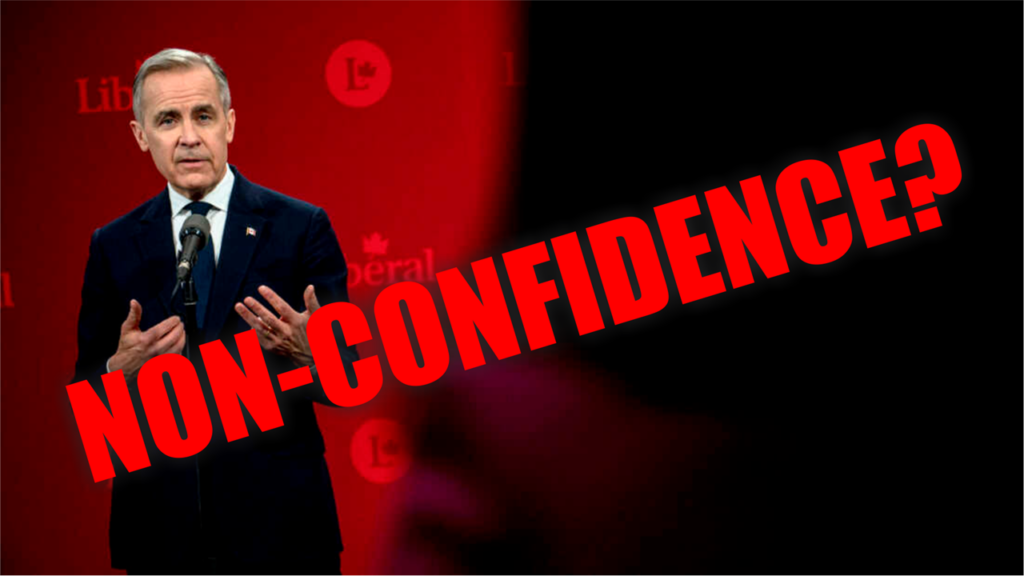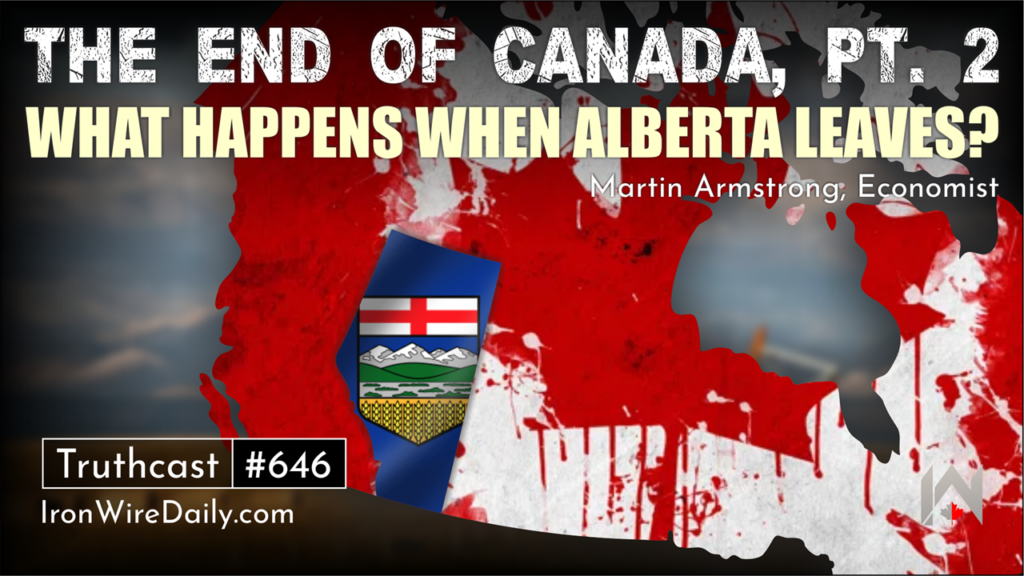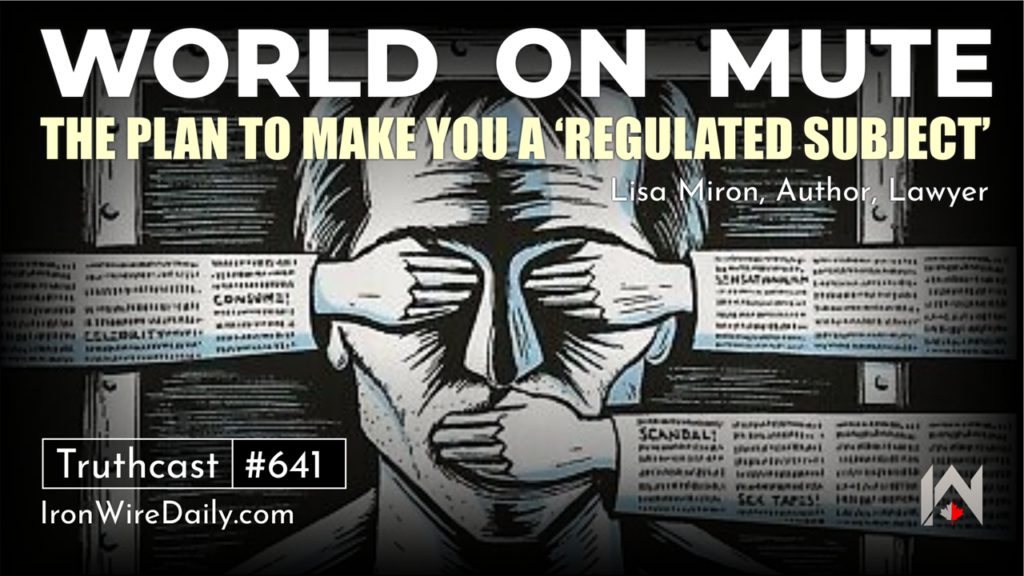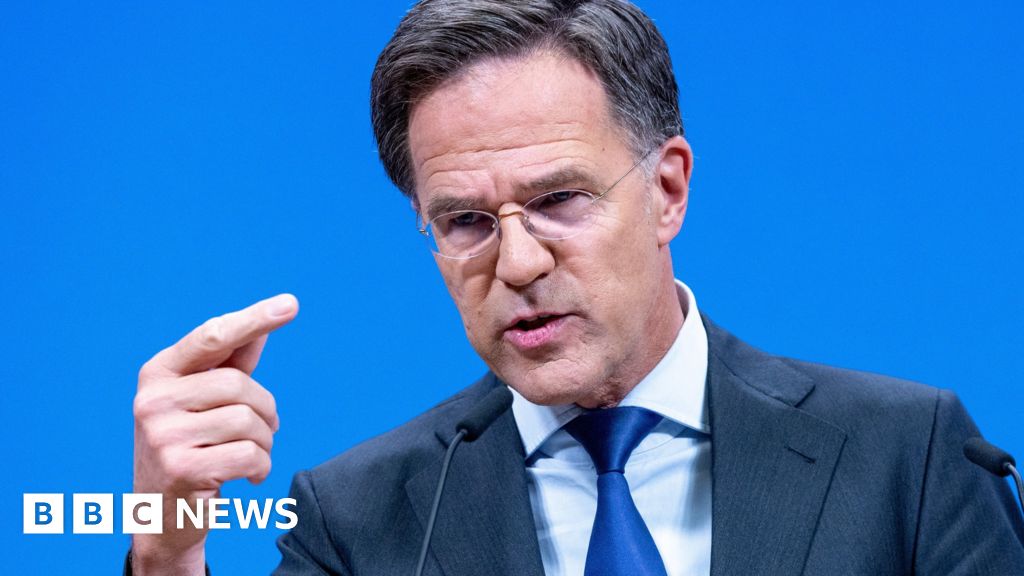Energy Superpower Vs. Net-Zero? | Friends of Science
Super hero businessman on top of building ready for challenge
” data-medium-file=”https://blog.friendsofscience.org/wp-content/uploads/2025/05/AdobeStock_182284385-300×200.jpeg” data-large-file=”https://blog.friendsofscience.org/wp-content/uploads/2025/05/AdobeStock_182284385-1024×683.jpeg” src=”https://blog.friendsofscience.org/wp-content/uploads/2025/05/AdobeStock_182284385-1024×683.jpeg” alt >
Contributed by Robert Lyman © 2025. Robert Lyman’s bio can be read here.
EXECUTIVE SUMMARY
The recently- appointed Minister of Natural Resources, Tim Hodgson, gave an important speech to the Calgary Chamber of Commerce on May 23, 2023. The message conveyed was that the new Liberal government will build Canada into a “conventional and clean energy and natural resources superpower” largely by accelerating the review and certification of major energy transmission projects.
At the heart of changes promised by the Carney and Hodgson is the accelerated review, certification and construction of new oil and gas pipelines and cross-Canada electricity transmission lines. Most of the long timelines for project review are due to the Impact Assessment Act (IAA). The IAA increased the list of factors concerning which the Canadian Energy Regulator is required to consider and gather evidence; there are now 20 factors that are mandatory considerations in each case. Having 20 factors that must be considered magnifies considerably the number of litigation “triggers”, potentially leading to years in court with uncertain outcomes.
Even if the CER recommends approval of a certificate, this can be blocked by the Minister of the Environment and Climate Change, based the results of the IAA; by the Minister of Natural Resources if he or she decides not to recommend approval to Cabinet; or by full Cabinet.The government remains free to impose a political rejection based on policy, political and values considerations, even after years and hundreds of millions of dollars have been expended by a proponent, and is under no obligation to publish the reasons for its rejection.
Mark Carney has stated that he favours establishing pre-approved energy corridors to move projects that fast track “clean energy projects of national interest jointly identified by the federal and provincial governments and indigenous peoples”. His reference to only the “clean energy” projects signals that his government will focus mostly on facilitating electricity transmission lines to transport power from areas with surplus renewable energy-based generation to back out hydrocarbon-fired generation in other regions. Yet, British Columbia and Quebec are governed by generally left-wing parties that place high priority on the pursuit of Net-Zero policies. British Columbia strongly supports the indefinite extension of moratoria on oil tanker traffic off of its northern coast.
Added to this, obtaining the concurrence of indigenous groups presents a formidable task.
No one has yet come forward with concrete proposals for an east-west electricity transmission line and corridor that, for example, would link Ontario with Alberta. Kent Zehr, a retired electrical engineer, has offered an assessment of what such a “concept” system would entail and what it would cost. Zehr identified at least four issues that make the construction of such a transmission system impractical.
The Liberals promise to advance the Pathways Project to capture and store some of the carbon dioxide emitted by oil sands production. This project would be hopelessly uneconomic without major government (i.e. taxpayer) subsidies. The Tax Credit for Carbon Utilization and Storage already offers to cover 50% of the costs of the Pathways Project. The Government of Alberta, through the Alberta Carbon Capture Incentive Program, is providing a 12% grant for all CCUS projects. The Pathways Consortium wants subsidies raised to at least 75%, leaving Canadian taxpayers on the hook. The new Carney government, it claims, will try to implement pragmatic policies that build energy infrastructure so as to facilitate access for Canadian oil and gas to more domestic and export markets. Yet, the government cannot ignore the fact that the principal barriers to such developments are its own policies and legislation.















